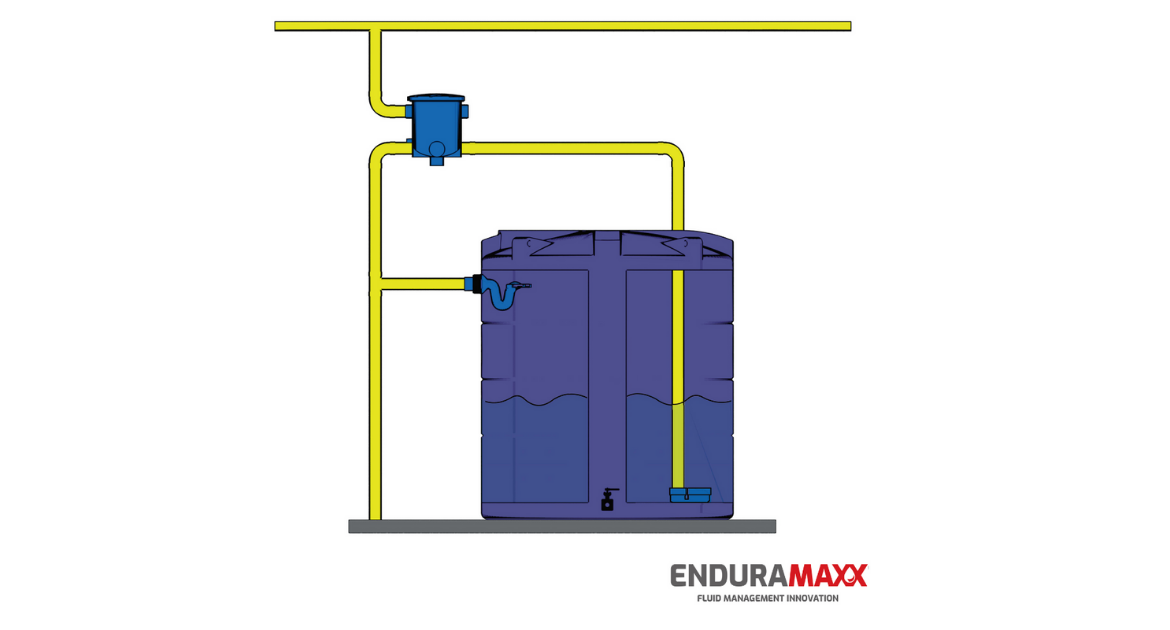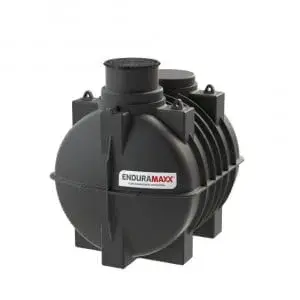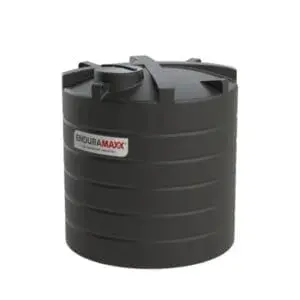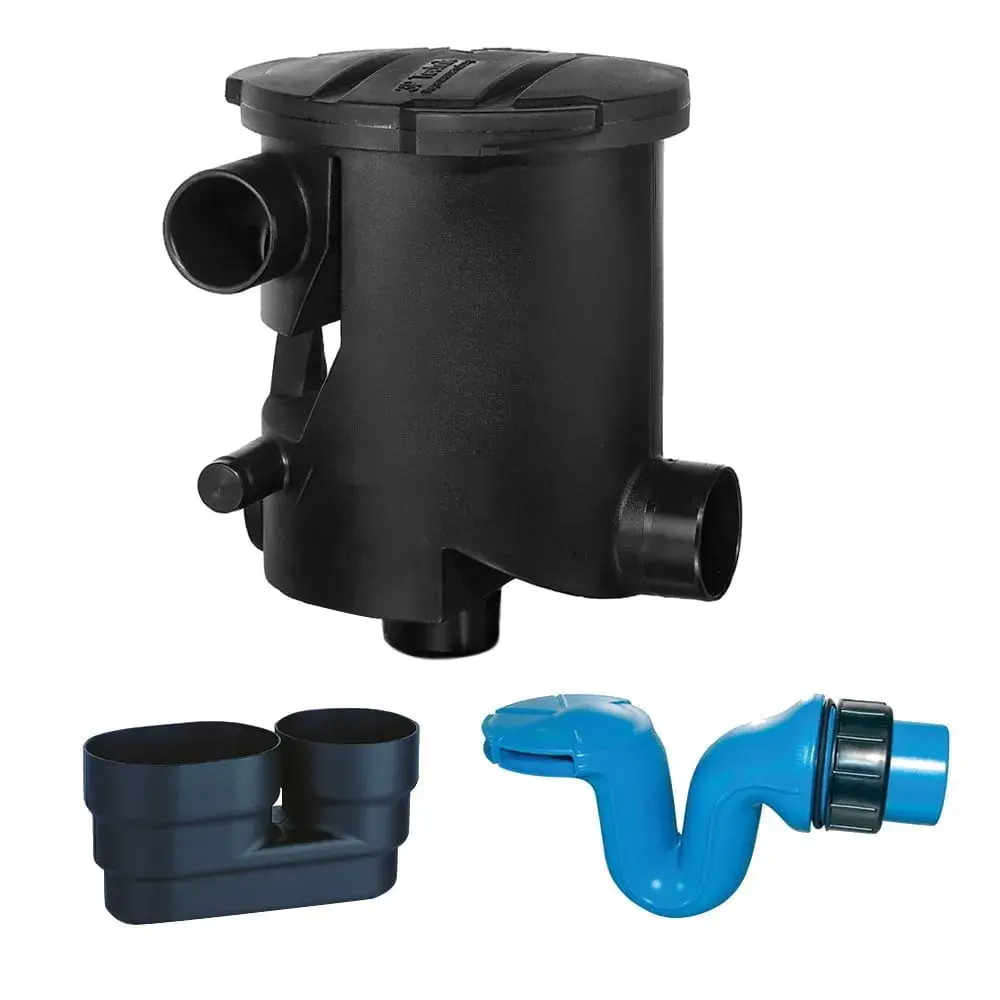Agricultural rainwater collection systems is collecting rainwater during rainfalls which once its collected, it is treated and stored for re-use. Rainwater harvesting has agriculture for livestock, arable farmers and irrigation.
Rainwater Harvesting for Agriculture
Agricultural Rainwater Harvesting is becoming increasingly popular for arable and livestock farmers. For arable farmers, rainwater is softer than means water so is more efficient with mixing agriculture chemicals and therefore saving on chemical conditioners. For livestock farms uses for rainwater tanks and rainwater systems include dairy and yard wash-down, poultry and livestock drinking supplies and firefighting reservoir water storage system
Rainwater Tanks for Arable Farms
Other uses for plastic water tanks for arable farms including as bulk water tanks for agriculture sprayers. With sprayers getting larger a plastic water tank can make filling the sprayer easier and quicker with the bonus of free rainwater. These sprayer tanks are available with a 2″ or 3″ valve c/w male Camlock coupler to connect to the sprayer.
Planning is very important when considering an agricultural rainwater harvesting system for arable farms as some installations have a mains water top-up system which may come under the requirements of Category 5 for backflow prevention. Download your copy here for the design recommendations for mains supply inlets for water cisterns here.
View our article on rainwater harvesting for agricultural sprayers here
Rainwater tanks for livestock farms
Other uses for plastic water tanks for livestock farms as well as for agriculture sprayers include water for dairy washdown, livestock watering, pressure washing and plate cooling systems. In many dairy flood wash systems are popular for which rainwater harvested water can be used. Likewise, with arable farm rain harvesting systems, some installation with mains water top-up a system come under the requirements of Category 5 for backflow prevention.
With over 500 hectares and 40,000 egg-laying chickens, the mains water bills for this farm in Leicestershire were considerable… View James’s case study on rainwater harvesting their livestock farm here
How Does Agricultural Rainwater Harvesting Systems Work?
A rainwater storage tank is fitted to the roof downpipe and the rain enters the tank through a rainwater filter which removes leaves, moss twigs and other debris from the water. This debris flows over a screen in the rainwater filter and flows down the overflow to the drain or sock away. The rainwater goes through the filter and down a pipe of the bottom of the tank where the calmed inlet causes the water to enter the body of the water in the tank without disturbing sediment which may be at the bottom of the tank. The calmed inlet also helps oxygenate the water by filling the tank from the bottom which keeps the water moving around in the tank
Water pumps are used to pump the water to troughs and water cisterns around the farm. These pumps are specified according to the volume, distance and pressure which is required where the water is going. This water may require a form of UV treatment prior to being pumped through a UV treatment system or chemical dosing to make it fit for the intended purpose.
Points to Consider for an Agricultural Rainwater Harvesting System:
- Rainwater starts with the roof area you can collect water from and whether the roof and guttering are situated in a position to bring the water down at the same point to run to the rainwater filter and then into the tank.
- How much water do I want to save? Often it’s better to start with how much water do I use and how much of the uses could you use rainwater for? Harvested rainwater is suitable for many applications across all sectors, including toilet flushing, wash down/pressure washing of yards and vehicles, irrigation, dust suppression, agricultural spraying, and the watering of livestock. 1 months storage is generally a good place to start, perhaps with a mains top-up valve for seasonal variations.
- How much water tank I save? It is particularly important to ensure that your system fully meets your requirements and options. The following formula and Rainwater Harvesting Calculator for an initial calculation:
- Roof area (footprint) in square metres x annual rainfall in cubic metres.
- (650ml = 0.65m3), divided by 12 = average monthly rainfall capture.
- e.g. 450m2 x 750ml = 337.5 (m3), divided by 12 = 28.125m3 or 28,125 litres per month average.
- What space do I have for a rainwater tank? A water tank will require a concrete pad to site on as 1000 litres of water will weigh 1000kg. for larger tanks up to an 8” concrete pad is required to support 30,000-litre tanks or multiple tanks interlinked to give greater capacity.
- What heights are the gutters? A rainwater filter will require 600-800mm of height between the gutter and the storage tank. Only a small fall on the pipework is required for these filters to work so therefore they can be offset to the tank if the height of the gutter doesn’t allow the tank and the filer to be sited on top of each other.
View our Rainwater Harvesting Calculator here
Rainwater Harvesting Tanks for Farms
We manufacture a wide range of storage tanks suitable for rainwater Harvesting. These tanks are either;
- Above ground rainwater tanks – which require sitting on a solid/concrete base. View our 30,000-litre rainwater tank here.
- Vertical Rainwater Harvesting Tanks are rotationally moulded and designed for both agricultural and commercial installations. These Rainwater Harvesting Tanks are available in over 40 sizes, ranging from 50 litres to 90,000 litres combination tanks. These tanks are UV stabilised for many years of outside use.
- Underground rainwater tanks – ribbed tanks which can be buried. View out underground rainwater tanks here
- Manufactured with high-density polyethene in a robust one-piece stress-free moulding with smooth internal and external surface, these underground tanks are available from 800 litres to 9500 litres capacity. Plastic or galvanised lids are available as well as a raised turret for AB Air Gap installations.
View a tank being made here.
Above Ground Rainwater Harvesting Systems
A typical above-ground vertical above ground tank, filter and overflow system would be as follows. For roof areas up to 450m2, the rainwater filter has 2x 4″ (100mm) pipe inlets, an overflow to drain and an outlet to the tank, The larger 800mm2 roof area filer has 2x 4″ and 6″ (100mm and 150mm) pipe inlets, 2x overflows to drain and 2x outlets to the tank.

What Happens if it Doesn’t Rain?
In the main, the UK has a regular rainfall throughout the year, however during spring and some months the water you use may be more than the capacity of the water tank. We recommend that rainwater tanks are fitted with a part fill main top-up valve for installations. These can be set at 10-90% of the tank’s capacity depending on the buffer of water to keep in the tank. More details can be seen in the following video. With a mains water top-up, you may come under the regulations of Fluid Category 5 regulations – more details online here
Posts By Topics
- Blog (303)
- Chemical Storage Tanks (118)
- Chemical Dosing Tanks (114)
- Chemical Tanks (114)
- Water Tanks (58)
- Rainwater Harvesting Tanks (43)
- Vertical Rainwater Tanks (31)
- Vertical Storage Tanks (31)
- Cone Bottom Tanks (19)
- Conical Cone Tanks (18)
- Rainwater Harvesting (17)
- Water Bowsers (15)
- Horizontal Tanks (14)
- Potable Water Tanks (13)
- Farming (9)
- Case Studies (8)
- Industrial Storage Tanks (7)
- Liquid Fertilser Storage Tanks (6)
- WRAS Approved Potable Tanks (6)
- Wine and Beer Production (6)
- Horizontal Transport Tanks (5)
- Microbrewery (5)
- Rainwater (5)
- Category 5 Break Tanks (4)
- Cider Production (4)
- Mixer Tanks (4)
- Molasses Tanks (4)
- Polyethylene tanks (4)
- Rainwater Filter Kits (4)
- SPECIALIST & BESPOKE TANKS (4)
- Bunded Tanks (3)
- Slimline Tanks (3)
- WRAS Approved (3)
- Clarification Tanks (2)
- Crosslinked Polymer Tanks (XLPE) (2)
- Fertiliser Tanks (2)
- Sump Tanks (2)
- Tank Installation (2)
- Water Butt (2)
- underground water tanks (2)
- ACCESSORIES & FITTINGS (1)
- ATV & UTV SPRAYING UNITS (1)
- Above Ground Effluent Tanks (1)
- Bespoke Tank Frames (1)
- Category 5 Turret (1)
- Caustic Soda Tanks (1)
- Closed Top Bunded Tanks (1)
- Craft beer (1)
- Effluent Tanks (1)
- Enduramaxx (1)
- Ferric Chloride Tanks (1)
- Fire Safety Regulations (1)
- Fire Sprinkler Water Storage Tanks (1)
- Industrial Water Tank (1)
- Open Top Bunded Tanks (1)
- Open Top Cone Tanks (1)
- Open Top Vertical Tanks (1)
- Polyethylene Potable Water Tanks (1)
- Polyvinylidene Fluoride (PVDF) Tanks (1)
- Polyvinylidene Fluoride Tanks (PVDF) (1)
- Pressure Washers (1)
- Pro Series Spot Sprayers (1)
- RWH (1)
- Sodium Hydroxide Storage Tanks (1)
- Sprayer Fill-up Tanks (1)
- Uncategorised (1)
- liquid fertiliser tank (1)
Sign up to the newsletter
enduramaxx.marketing
Related Posts
How To Collect Rainwater in the UK | Enduramaxx
Rainwater can be collected from roofs of homes, garages, and greenhouses if they have gutters and a...
Calculating the Amount of Rainwater You Can Collect From Your Roof
Rainwater collected from the roof of your house, agricultural building, office block, restaurant,...
How to collect rainwater for your garden | Enduramaxx
How to collect rainwater for your garden, rainwater can be collected from roofs and greenhouses,...
Related Products
From £1,080.00 inc. VAT
£900.00 exc. VAT
From £1,344.00 inc. VAT
£1,120.00 exc. VAT
From £768.00 inc. VAT
£640.00 exc. VAT
£480.00 inc. VAT
£400.00 exc. VAT







